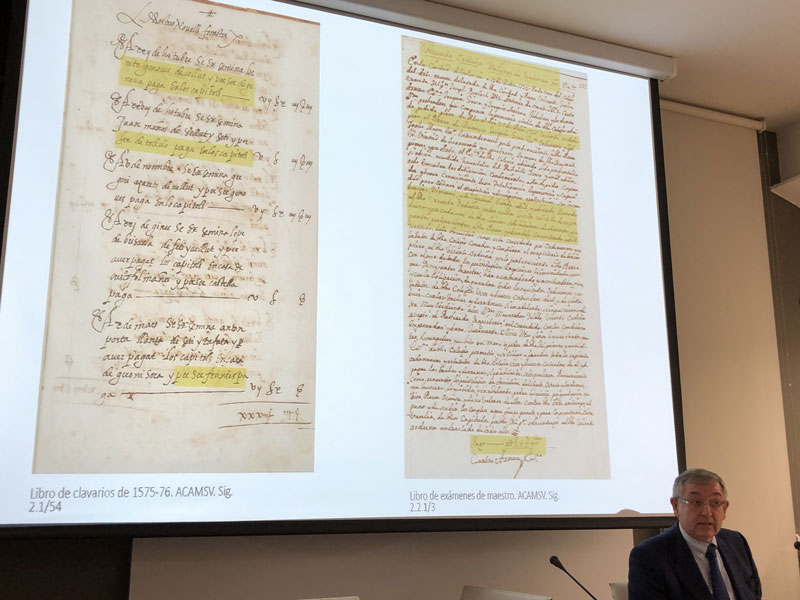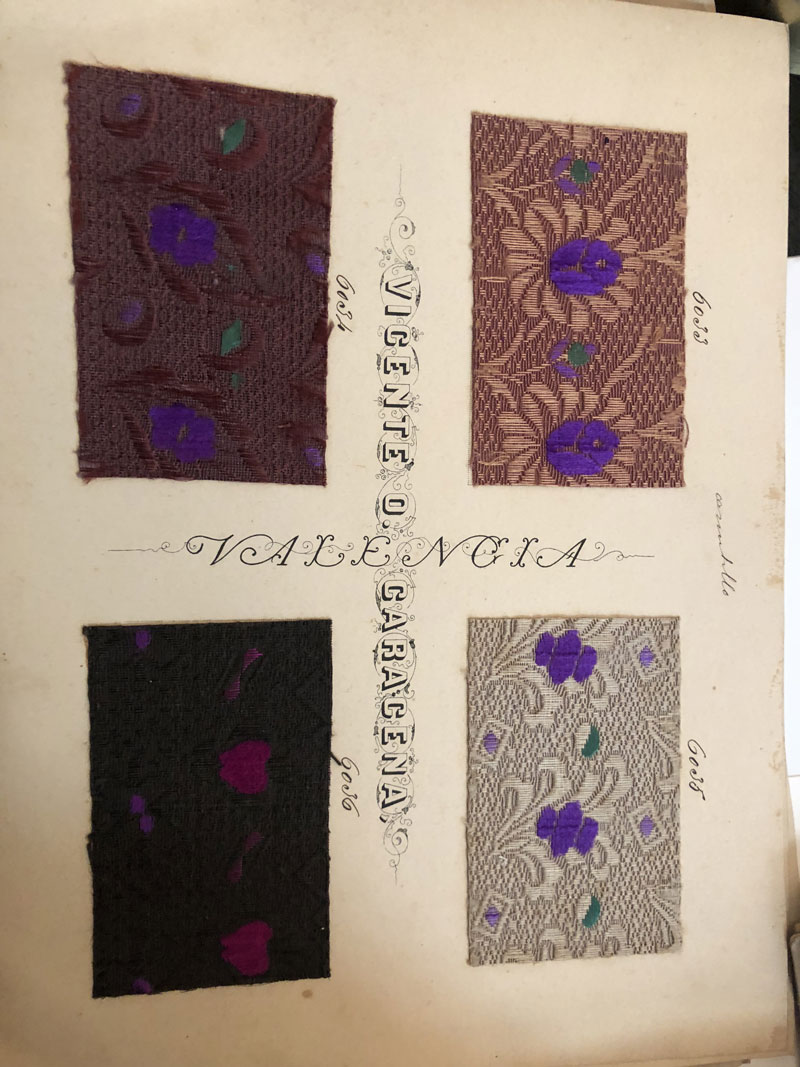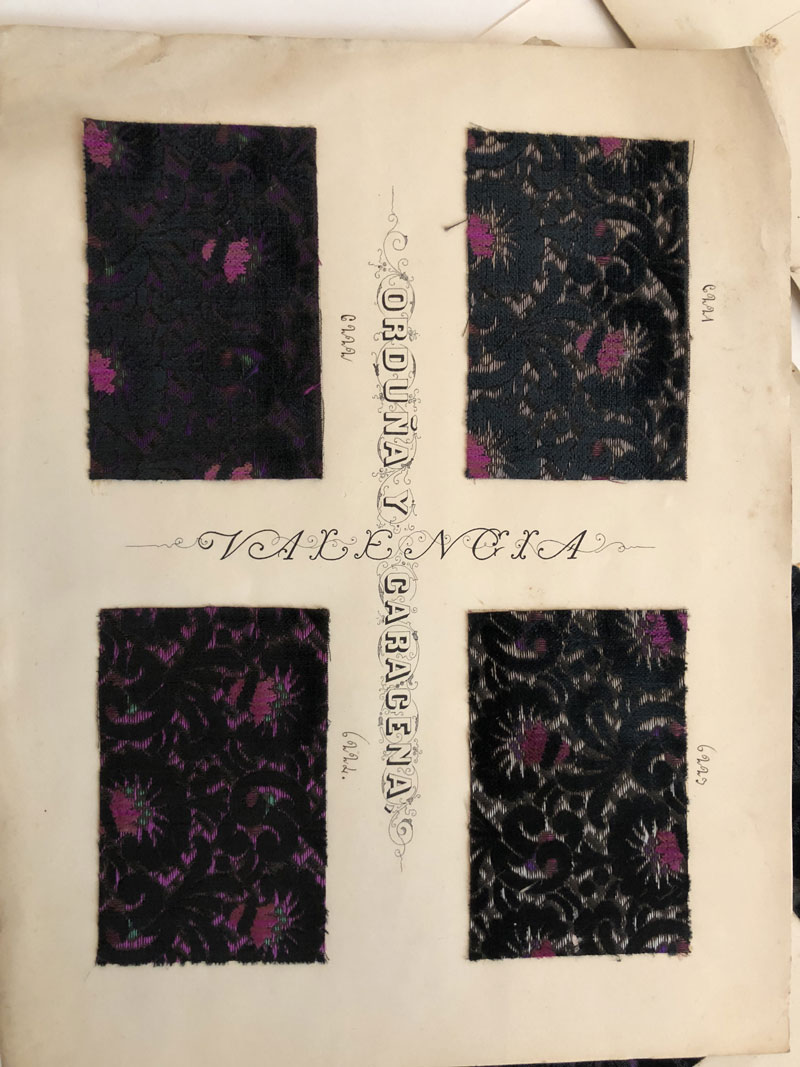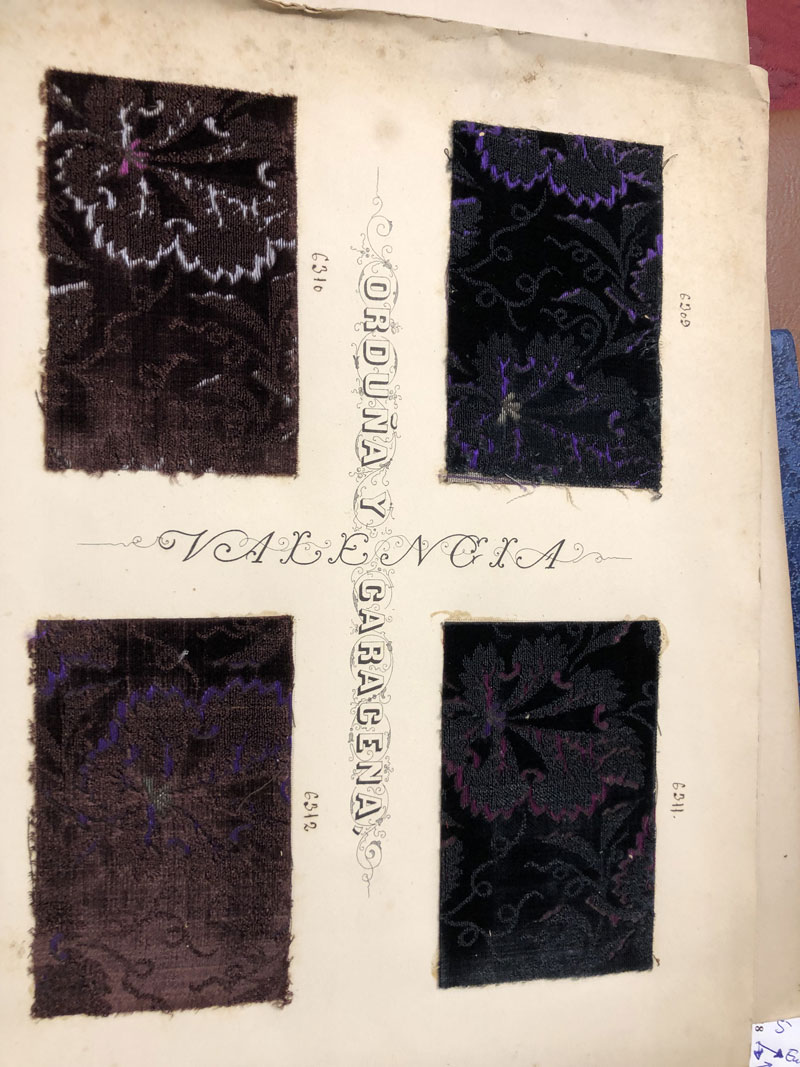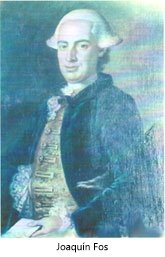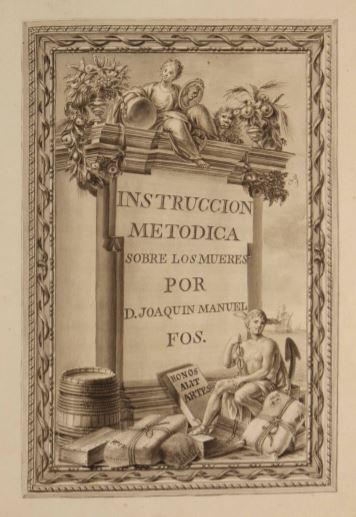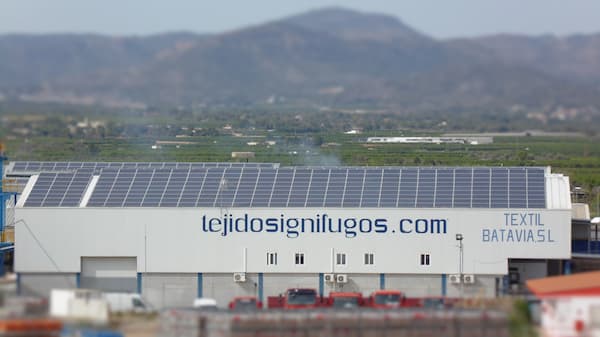More than 250 years of experience innovating and nine generations of textile activity

1755
Origin of the Orduña family
The Orduña family, originally from the Basque Country, arrived in Valencia at the beginning of the 18th century. They were bankers and merchants, and began textile activity in Valencia under the protection of the splendour of the silk trade, textile activity continued to this day. The first known historical record can be found in the Colegio del Arte Mayor de la Seda, dated 19 December 1755. Vicente Orduña, without previous ancestry in the guild of Velluters, obtains the category of master silk, degree that by guild tradition required previous years of work and training as an apprentice and then as an officer (as foreseen in the trade usion ordinances), necessary condition to have their own workshop and to be able to commercialize the fabrics. Since then, and for nine generations the Orduña have been passing the baton, from parents to first-born son in most cases, as recorded in the archives of the Colegio del Arte Mayor de La Seda. Fernando VI names Joaquín Fos pressador of the Royal House, his royal coat of arms can be seen on the doors of the Palace.
At present, several silk fabrics made by the Orduña family are exhibit at the Museo de la Seda de Valencia (Silk Museum).
1769
At the end of the 18th century the Orduña family bought the site, the workshop and the Palace of Fos. Joaquín Fos is a very outstanding figure of the time, since he travels through Europe and the Near East, bringing to Spain manufacturing techniques unknown until then, as it appears in the book “INSTRUCCIÓN METÓDICA SOBRE LOS MUERES” (Methodical Instruction on the Deaths) owned by the Colegioo del Arte Mayor de la Seda de Valencia, haveing been digitised by the BIBLIOTECA VALENCIANA DIGITAL (BIVALDI):
https://bivaldi.gva.es/va/catalogo_imagenes/grupo.do?path=1016773
Later, and as a curious fact, Joaquín Fos was appointed Mayor of the District of Pilar in 1769.
Fernando VI appoints Joaquín Fos as pressman of the Royal Household, and his royal coat of arms can be seen on the doors of the Palace.
The Orduña family bought from Mr. Joaquín Manuel Fos his industry located in his house-palace in Calle del Bany, in the centre of the Velluters district of Valencia.
For further information: La desaparició del palau barroc de Joaquim Fos, al barri de Velluters. – Passejant València amb ulls curiosos (actualitatvalenciana.com)

1961
The factory is moved from its centenary location on Bany Street to Benetusser.
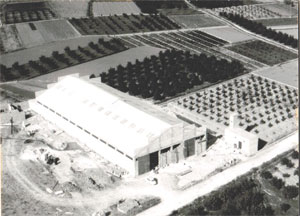
1968
Work begins on the warehouses in Bétera
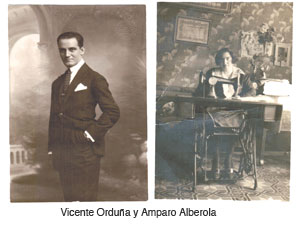
1977
The ownership of the company passes from the brothers Ángel and Vicente Orduña to their sister Mª Amparo and her husband Leoncio Julián.
2007
Urbanization of the plot within the Pol. L’Horta Vella de Bétera Ind. Expansion of the warehouses and automation of the industry.
2010
The Julián Orduña brothers, owners of the property and machinery, take different paths.
2016
At present, Gonzalo Julián Orduña (ninth generation), through the company TEXTIL BATAVIA, SL, centers the industrial and commercial activity and technical fabrics. Among them the strongest bet has been in the wide field of flame retardant fabrics, leading the national market in the scenographic sectors and ephemeral architecture with fabrics for theatres, congress halls, auditoriums, and all types of events (fairs, musicals, sports, public, etc.).
It is worth mentioning the recent commitment to R+D+i in fabrics for the field of acoustics, with the incorporation of two acoustic engineers.
Historical Documentation and Certificates
- Family Tree
- Report by Ricardo Franch Benavent, Professor of Modern History at the University of Valencia.
- Research report by Isabel Amparo Baixauli Juan, Doctor in History from the University of Valencia.
- Registral certification of the factory of the Embañ Street of the Neighborhood of Velluters or of El Pilar.
- History of the Colegio del Arte Mayor de la Seda of Valencia


